Austria - 2017
We visited Vienna on our first Operatif Music Lovers tour in June 2017.
(Europe - Operatif Bohemian Rhapsody Tour)
(Melbourne - Dubai - Munich - Salzburg - Český Krumlov - Prague - Vienna - Bratislava - Budapest - Dubai - Melbourne).
After arriving in Munich in Germany and meeting Jelena, our European tour director from Zagreb in Croatia, we were bussed to Salzburg (2½ hours).
Salzburg
A couple of the 40 churches in Salzburg

A parade passed us during our walking tour of Salzburg.
The parade celebrated a saint, but our local guide did not which one.

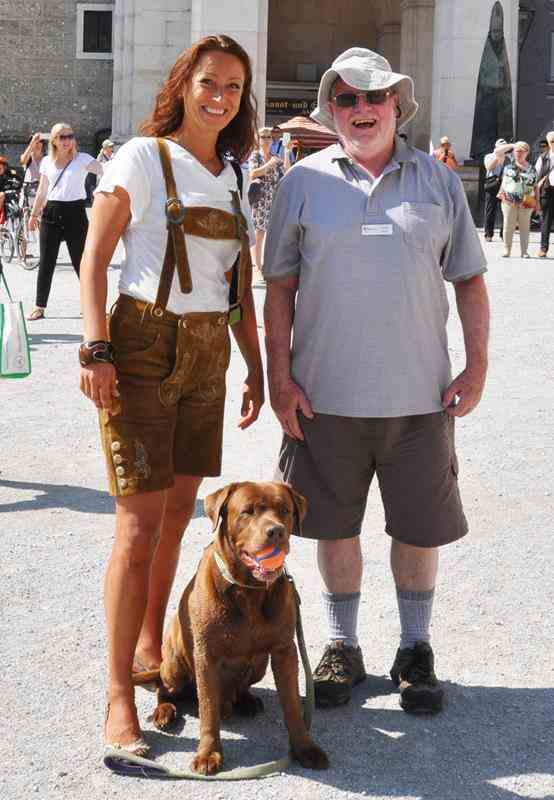
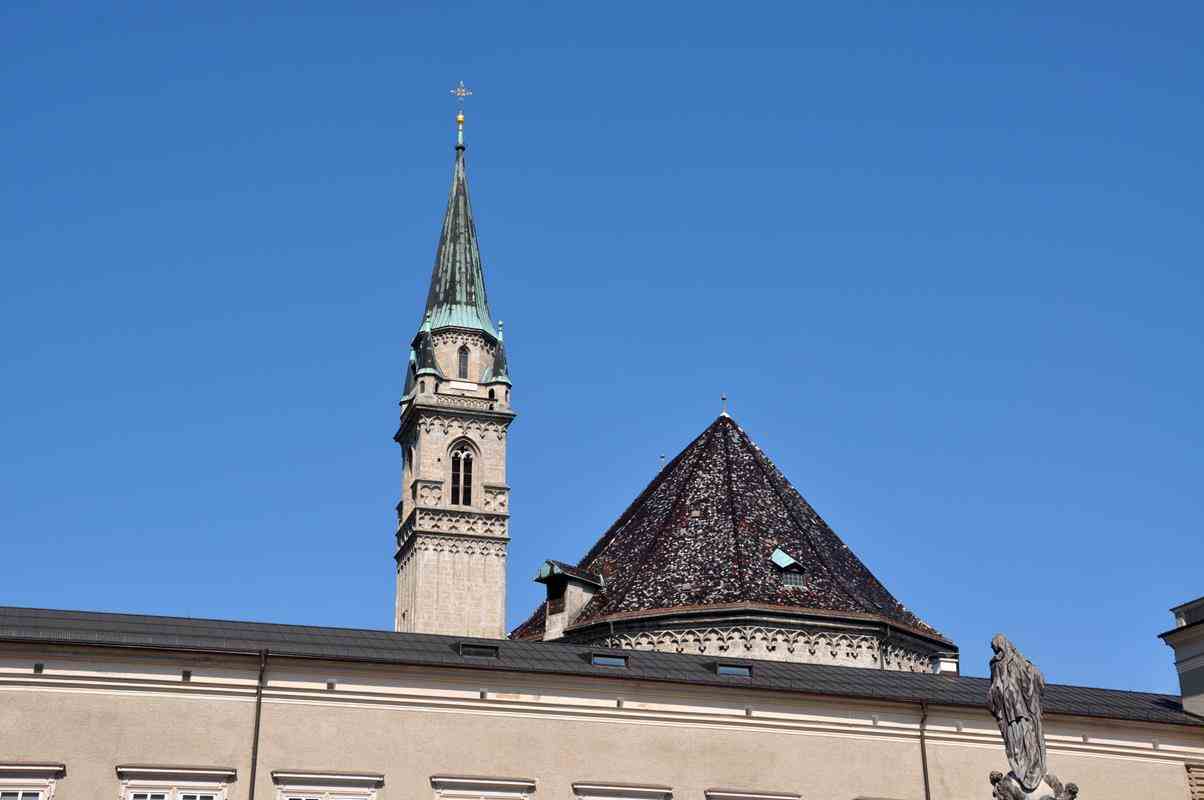
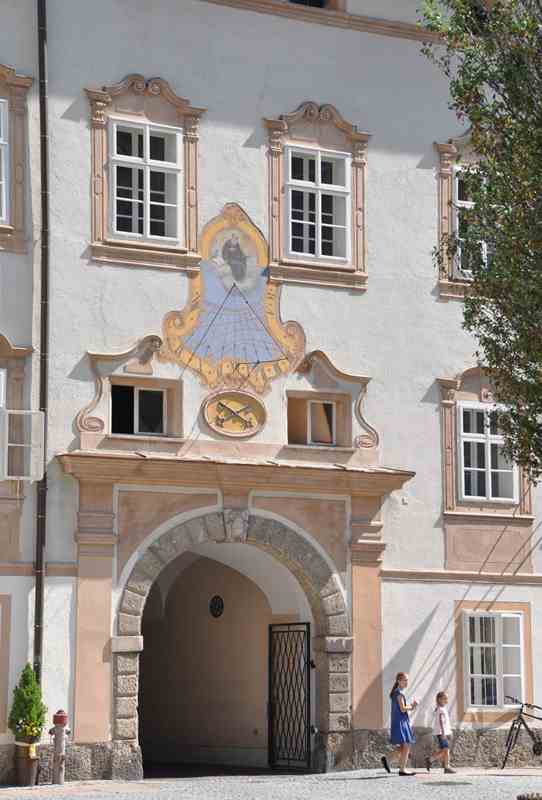

Salzburg Castle - The Hohensalzburg fortress
The castle sits atop the Festungsberg, a small hill overlooking the old town.
Construction of the fortress began in 1077 under Archbishop Gebhard von Helfenstein.
In the Holy Roman Empire, the Archbishops of Salzburg were already powerful political figures and they expanded the castle to protect their interests.
It is one of the largest medieval castles in Europe.
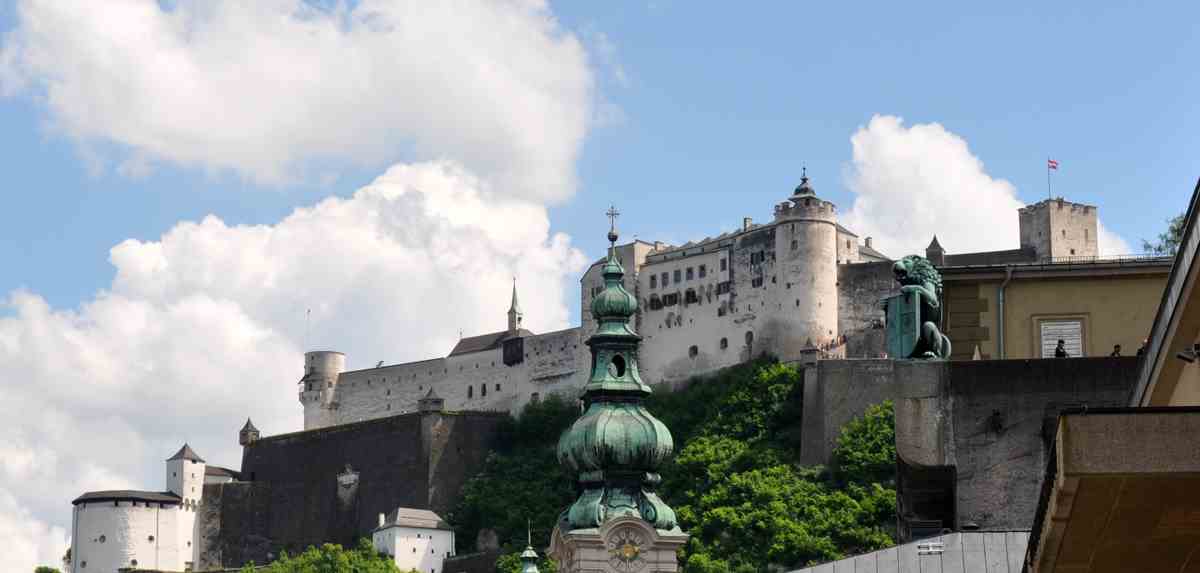

Overlooking Salzburg from the castle. The old town is in the foreground.
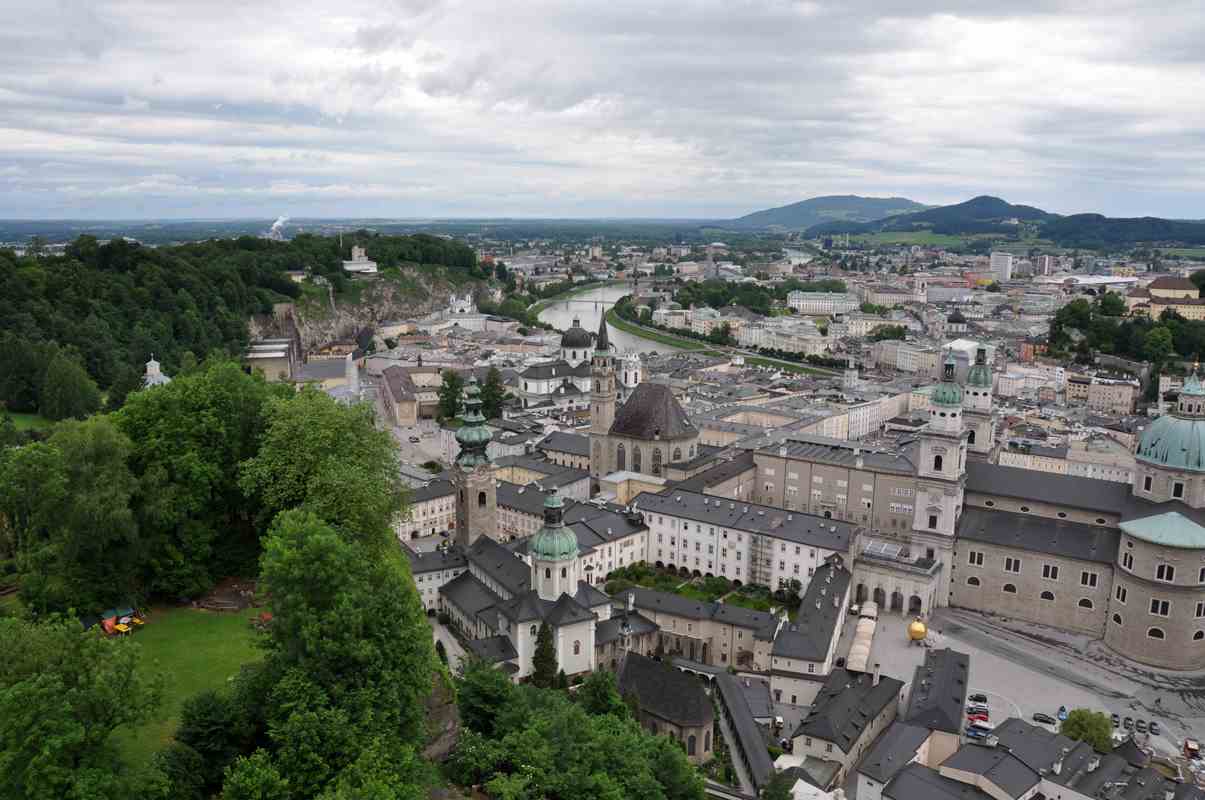
Mirabell Palace
Mirabell Palace was built about 1606 across the Salzach River from the old town and outside the medieval city walls,
at the behest of Prince-Archbishop Wolf Dietrich Raitenau. He built it as a pleasure palace for himself and his mistress Salome Alt.
The name of the palace comes from 2 Italian words - mirabile (admirable) and bella (beautiful).
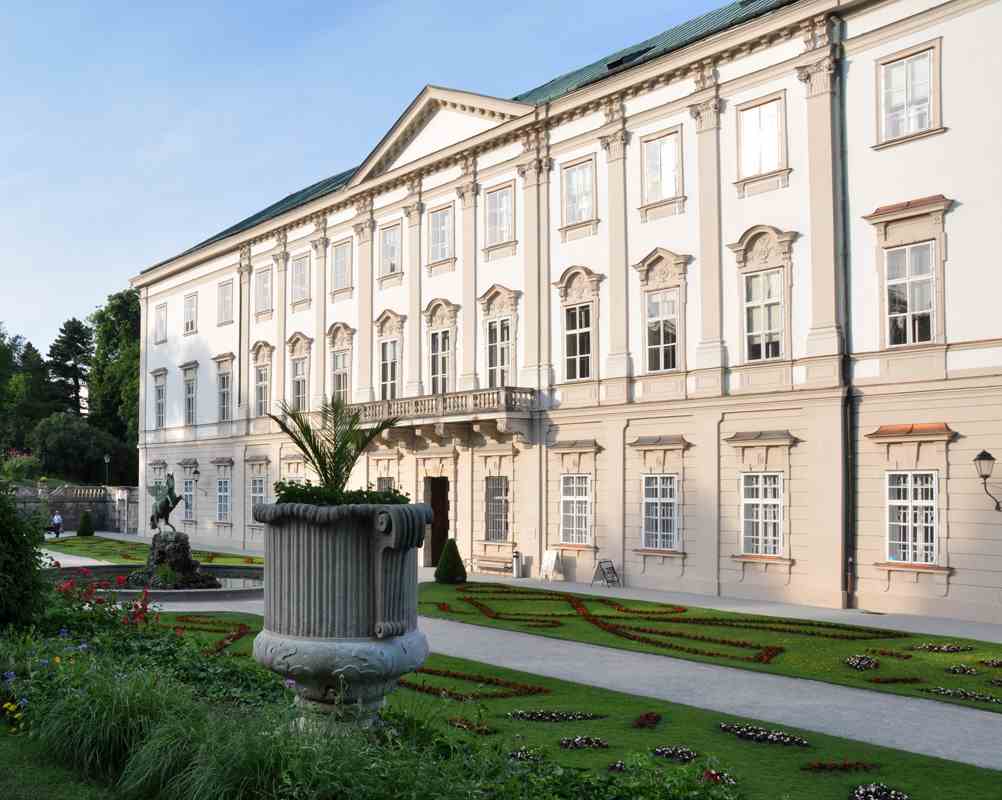
These steps featured in The Sound of Music movie.
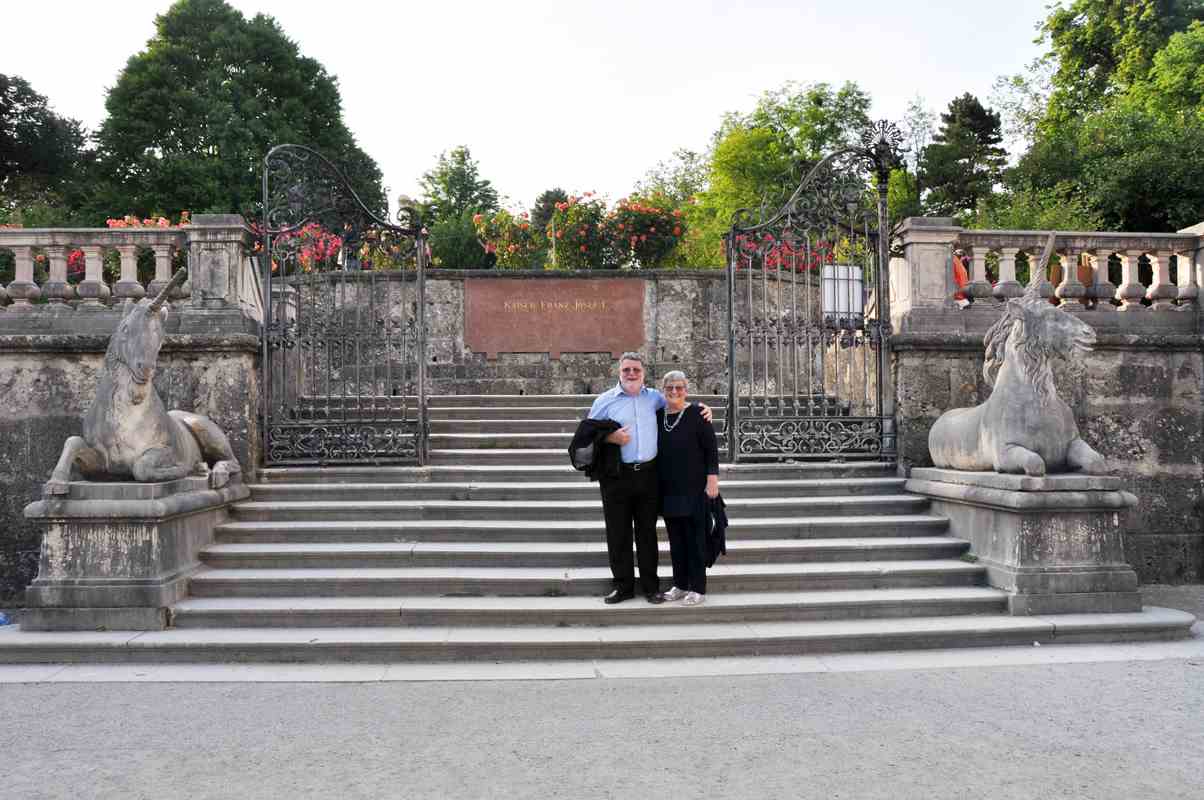
We went to a concert in the Marble Hall at the palace.
A string and harpiscord ensemble using baroque instruments played music written by mozart and vivaldi.
Mozart, his father Leopold, and his sister Nanneri once performed in this hall.
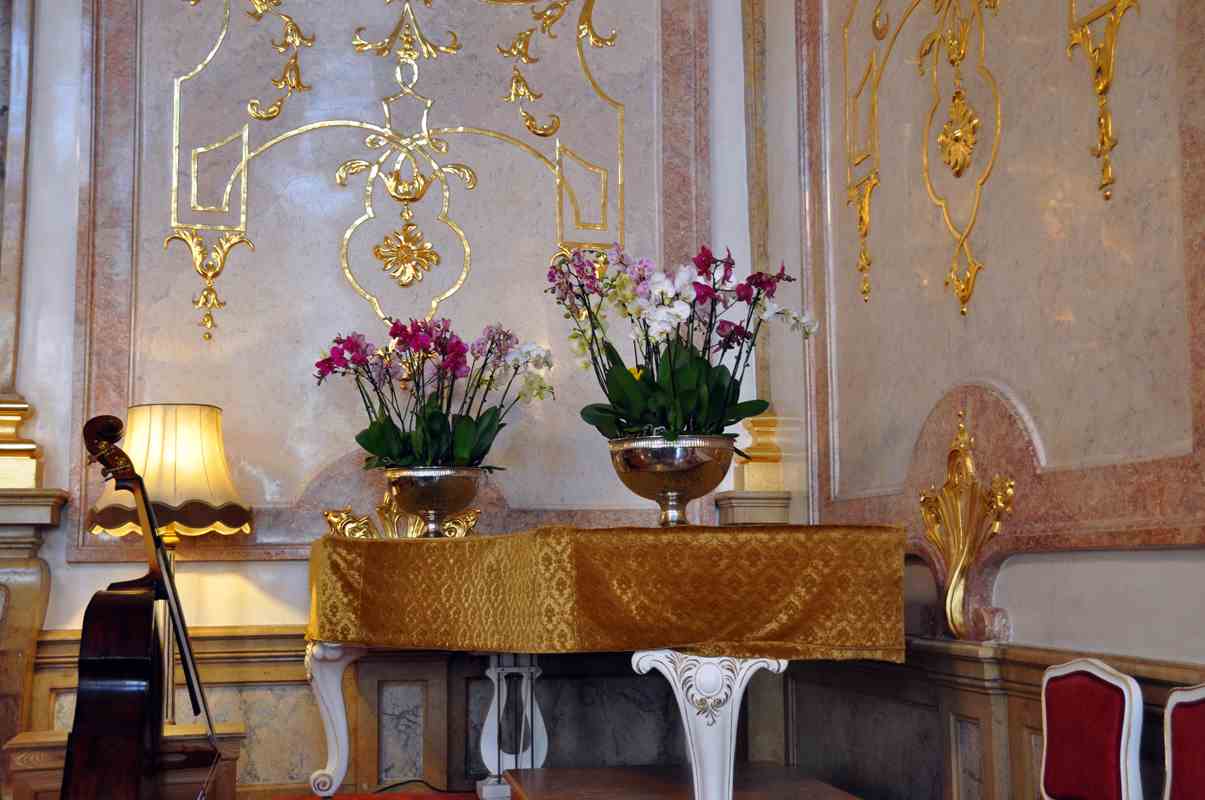
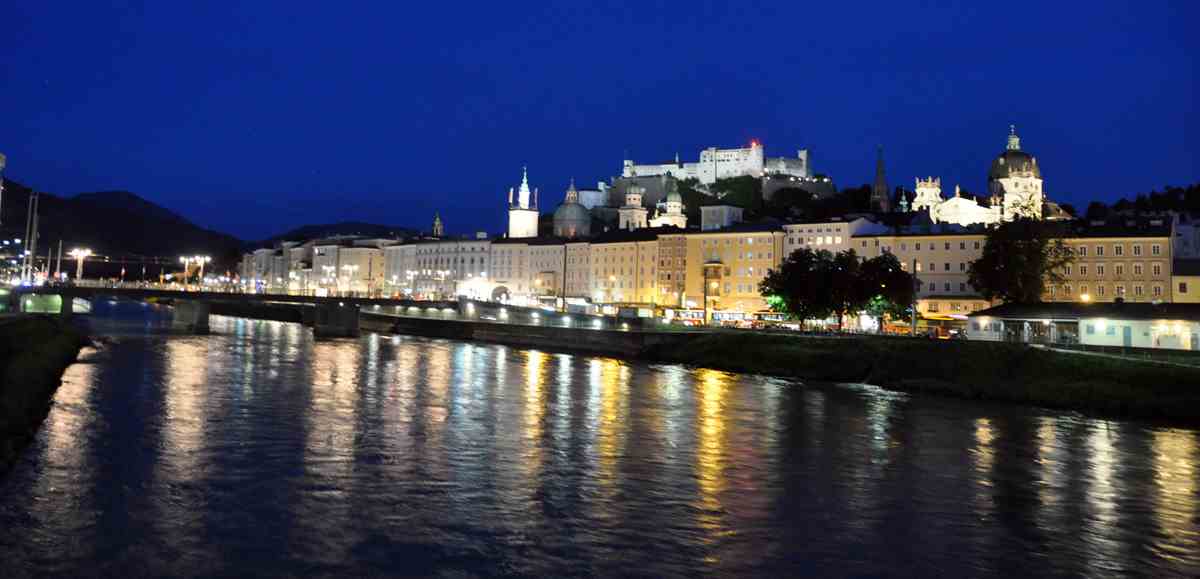
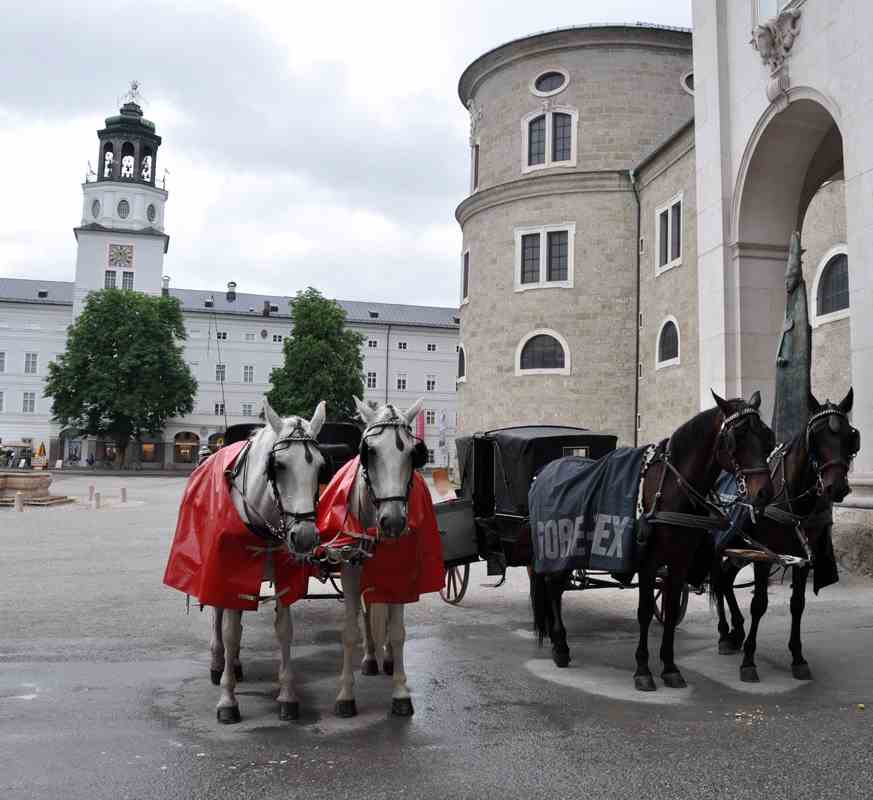
Wolfgang Amadeus Mozart was born in this house in 1756.
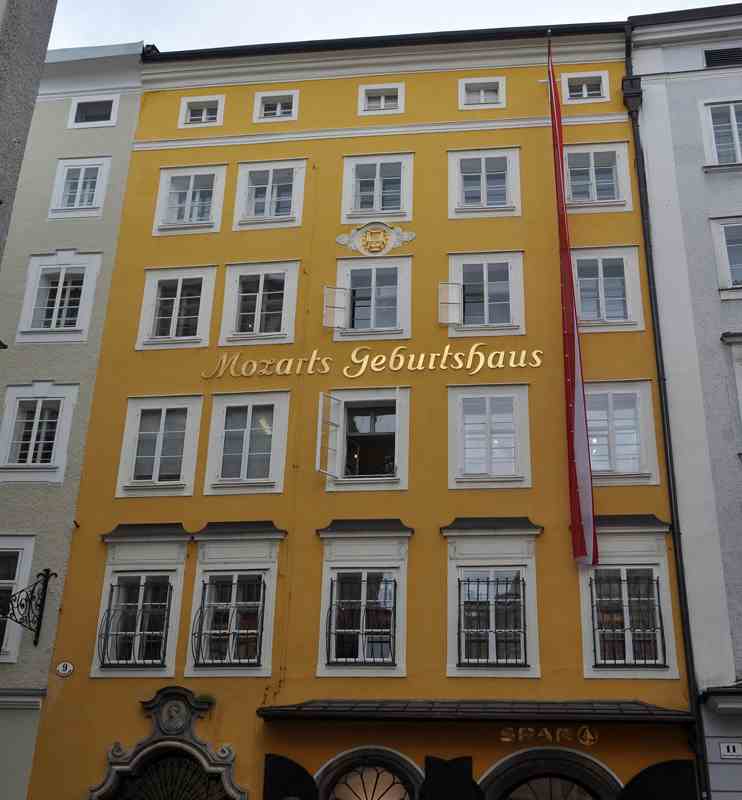
From 1773 to 1787, the Mozarts lived at the so-called “Dance Master’s House”, standing on today’s Makartplatz across the river from the old town.
The spacious eight-room apartment on the first floor is now home to a museum.
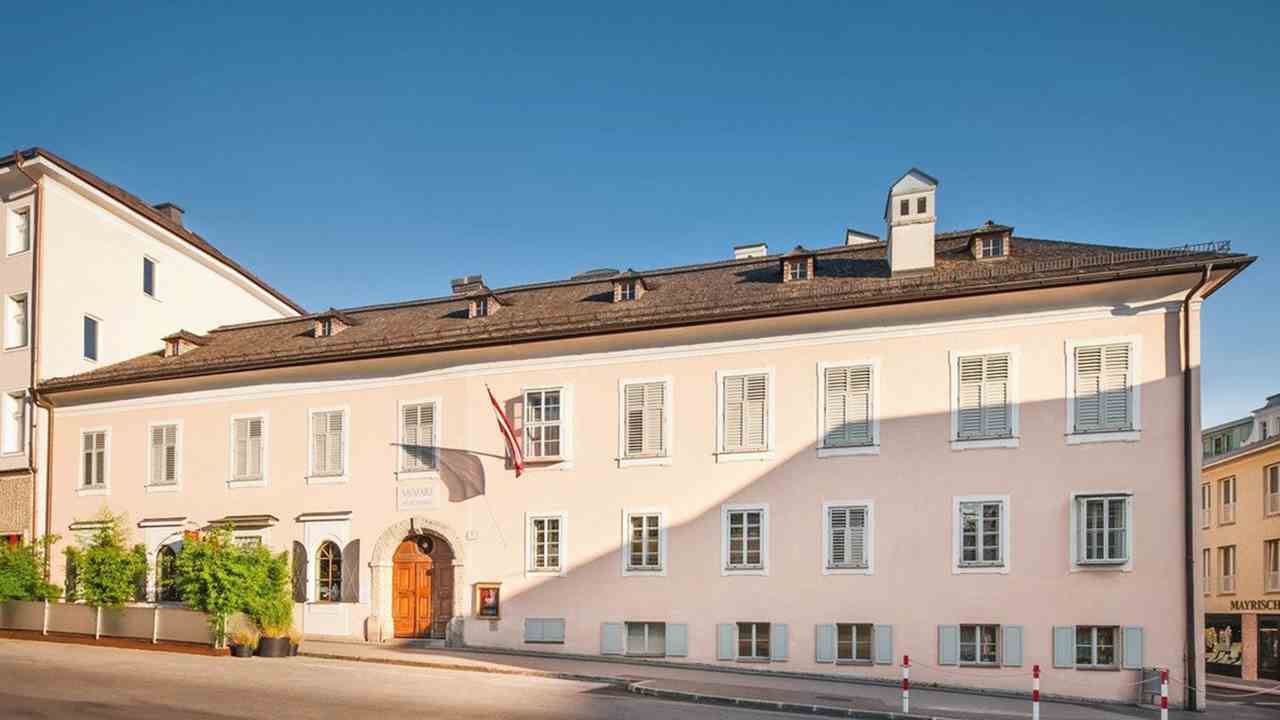
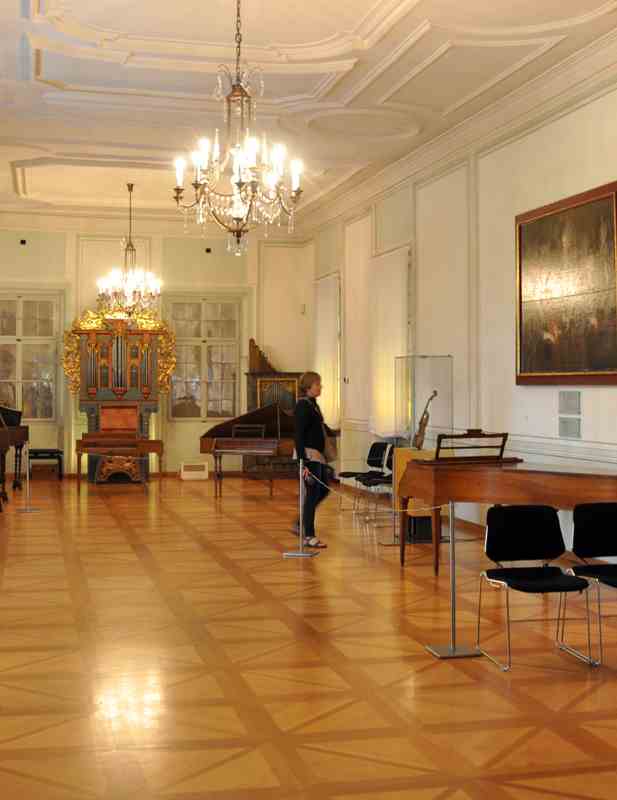
St Wolfgang
St.Wolfgang is a picturesque town about an hours drive from Salzburg.
It is situated at the foot of the 1783m high mountain, Schafberg, on the edge of Lake Wolfgang (Wolfgangsee).
The town is named after Holy Wolfgang, the Bishop of Regensburg, who was looking for refuge in the area more than 1000 years ago.
The Romantik Hotel White Horse Inn, the original setting for the operetta by Ralph Benatzky.
The operetta is about the head-waiter of the White Horse Inn who is desperately in love with the owner of the inn,
a resolute young woman who at first only has eyes for one of her regular guests.

From here we had a ride on the SchafbergBahn, the cog railway, to the top of Schafberg.

The Schafberg Railway is a 1 metre gauge cog railway from Sankt Wolfgang up to the top of Schafberg (1,783 m).
With a total length of 5.85 km it gains about 1,200 m in height.
Railway operation started in 1893.




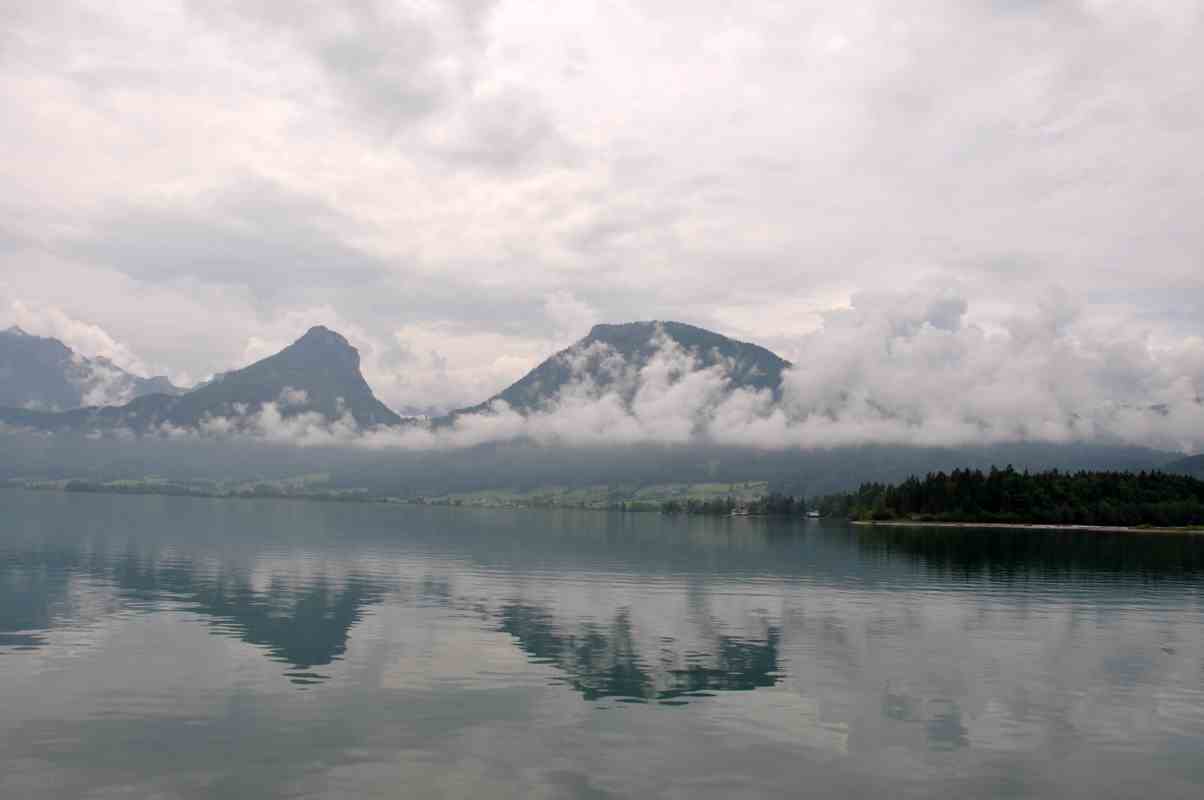
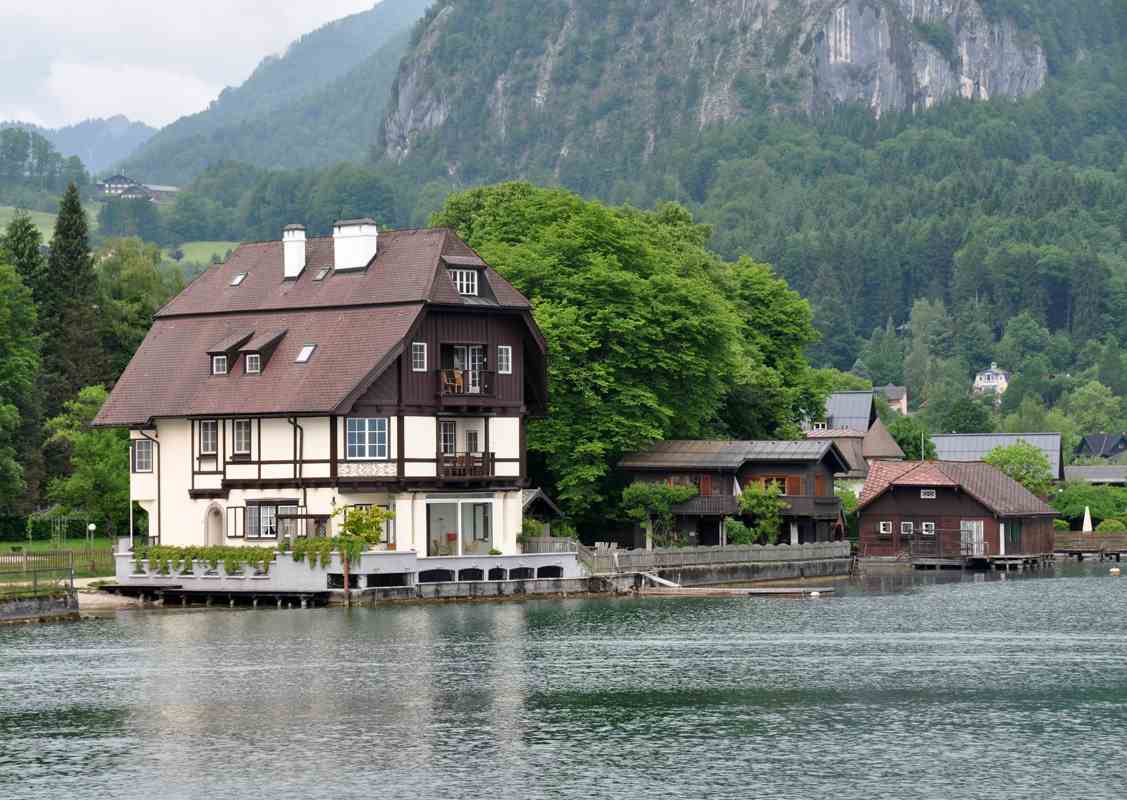
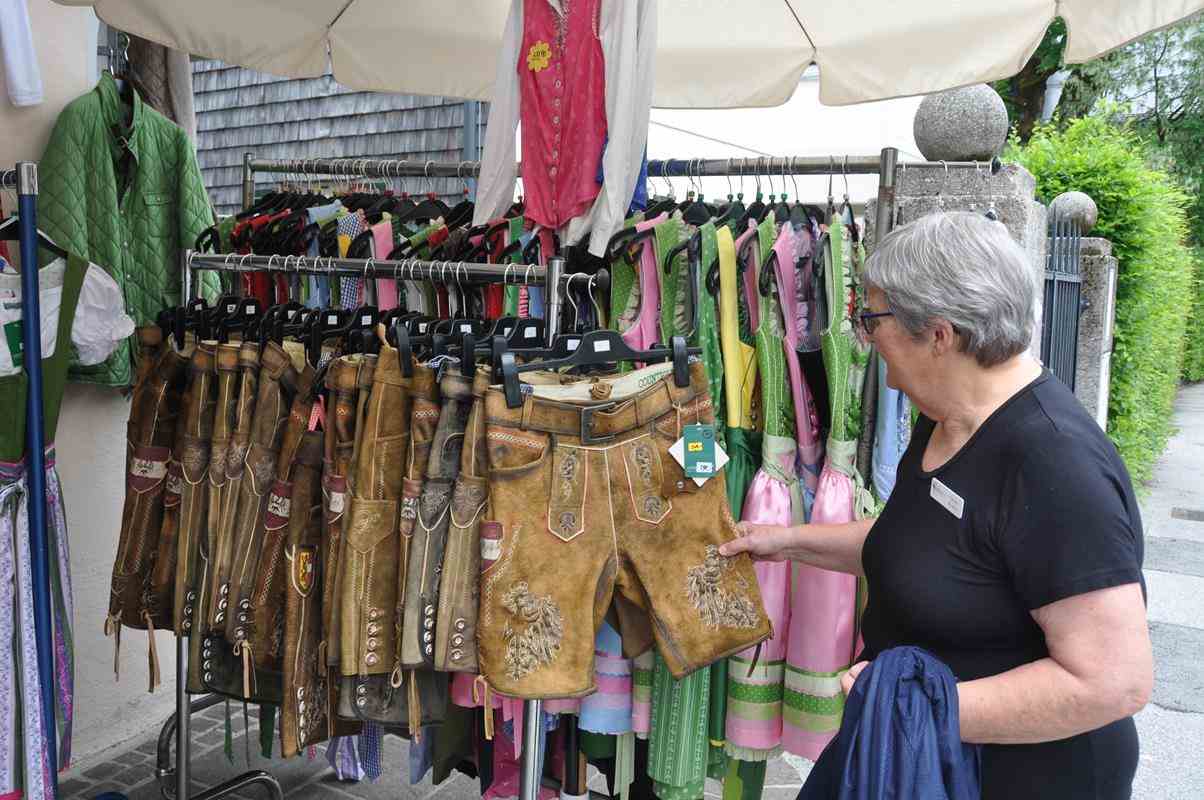
Although Wolfgang Amadeus Mozart never visited St. Gilgen (as he had intended to), his grandfather worked in the town,
his mother was born in St. Gilgen, and his sister Nannerl moved there after her marriage and lived in this house.
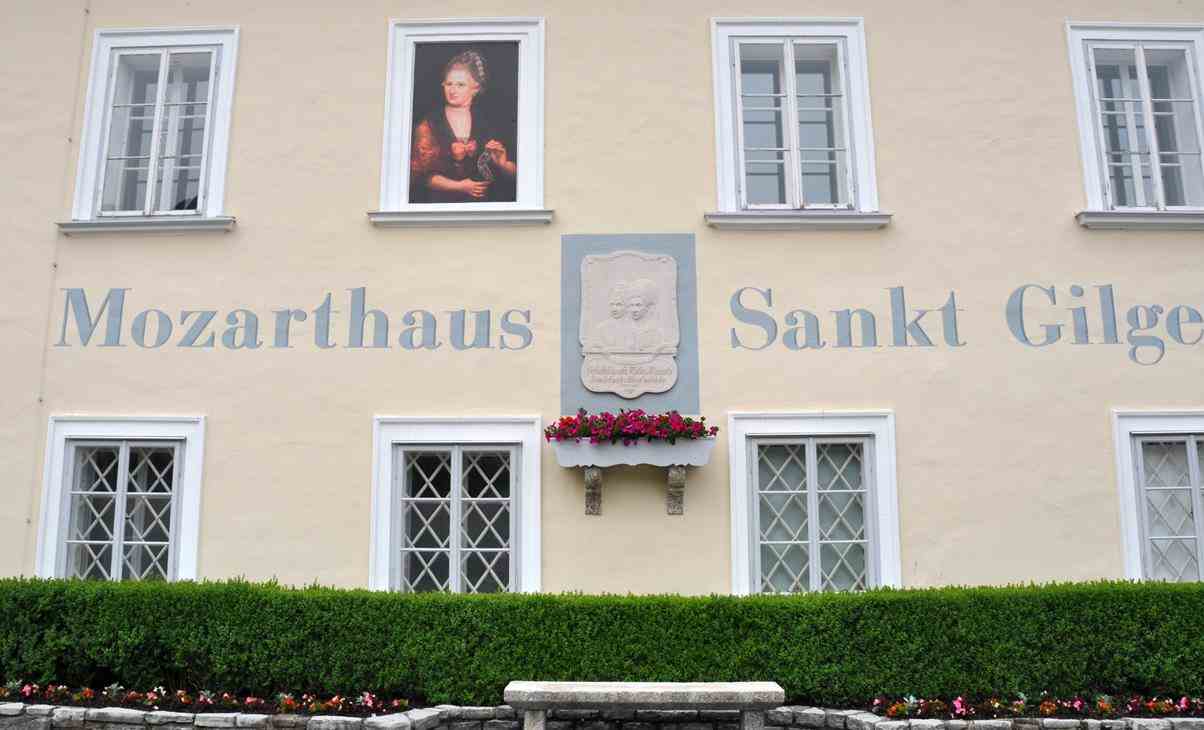
Mondsee
After 4 nights in Salzburg, our next stop was at Mondsee, an Austrian town about an hour away.


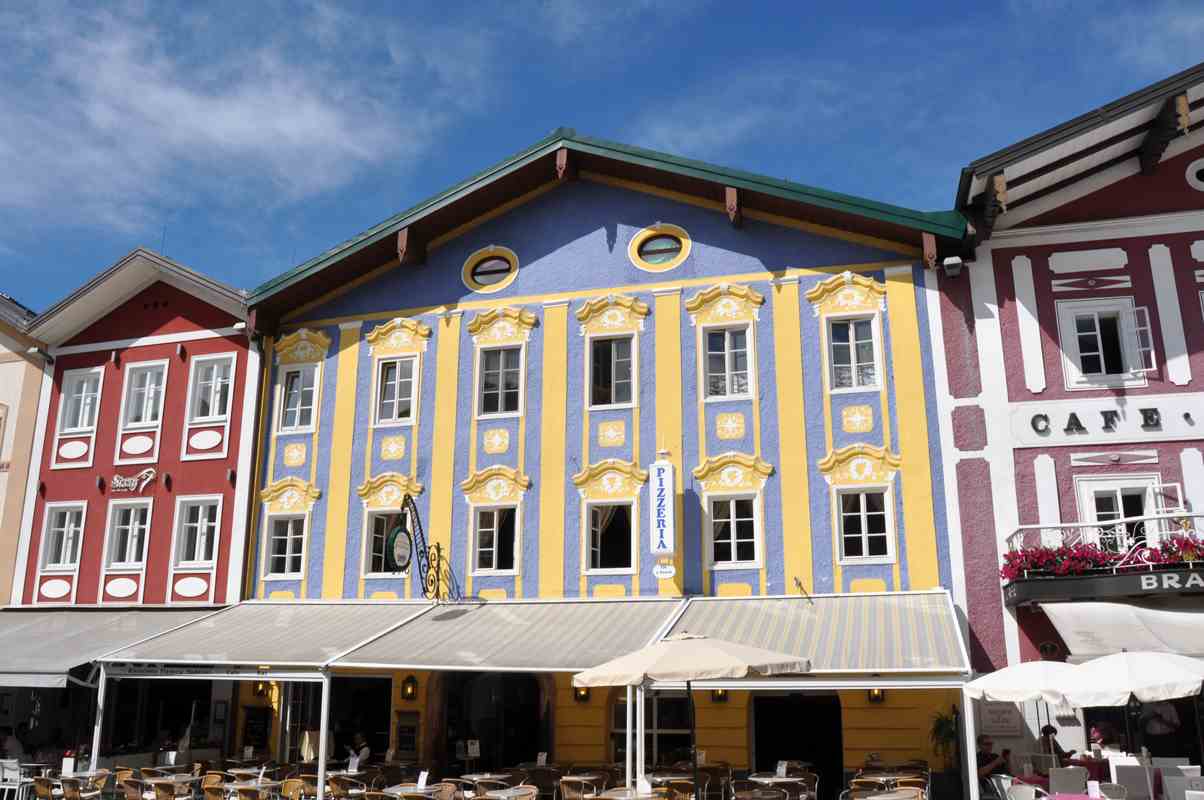
We crossed into the Czech Republic and spent 2 nights at CeskyKrumlov.
Then we travelled to Prague and stayed 4 nights.
Vienna
We came from Prague via Lendice Castle in the Czech Republic.
We had 5 nights in Vienna where we saw a ballet, an opera, a Viennese concert, ate fine dinners and enjoyed lots of great sight-seeing.
For our walking tour we had a very knowledgable local guide. It was Musical Appreciation 101 in 2 hours.
There are many fine buildings in Vienna.
The Hofburg Palace
The Hofburg is the former imperial palace in the centre of Vienna. Built in the 13th century and expanded in the centuries since,
the palace has been the seat of power of the Habsburg dynasty rulers, and today the official residence and workplace of the President of Austria.
It was the principal imperial winter residence, as Schönbrunn Palace was the summer residence.
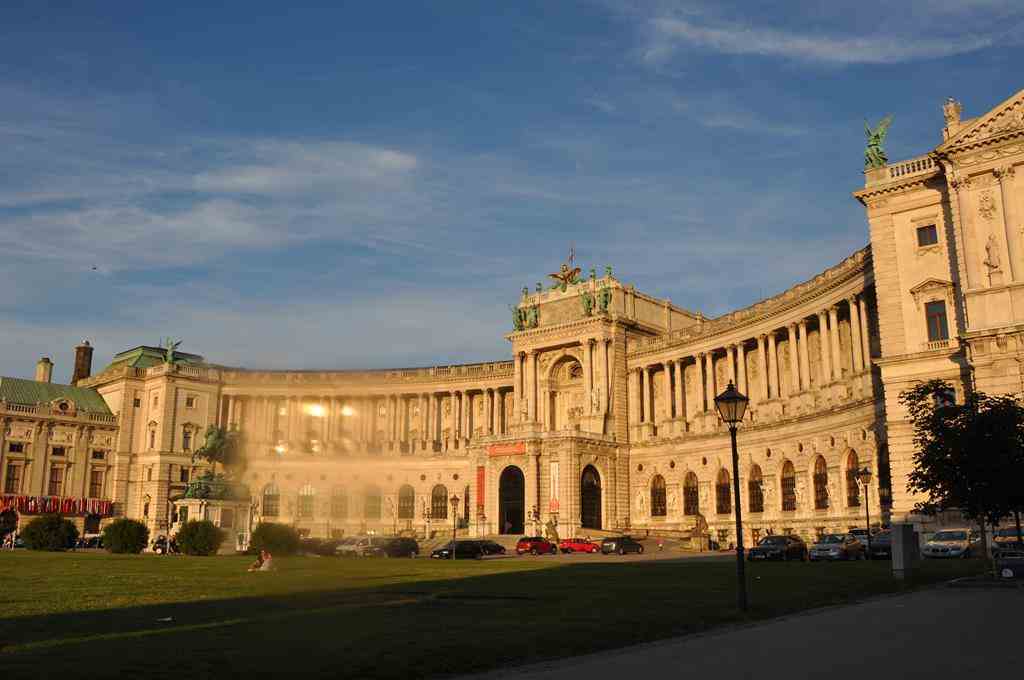
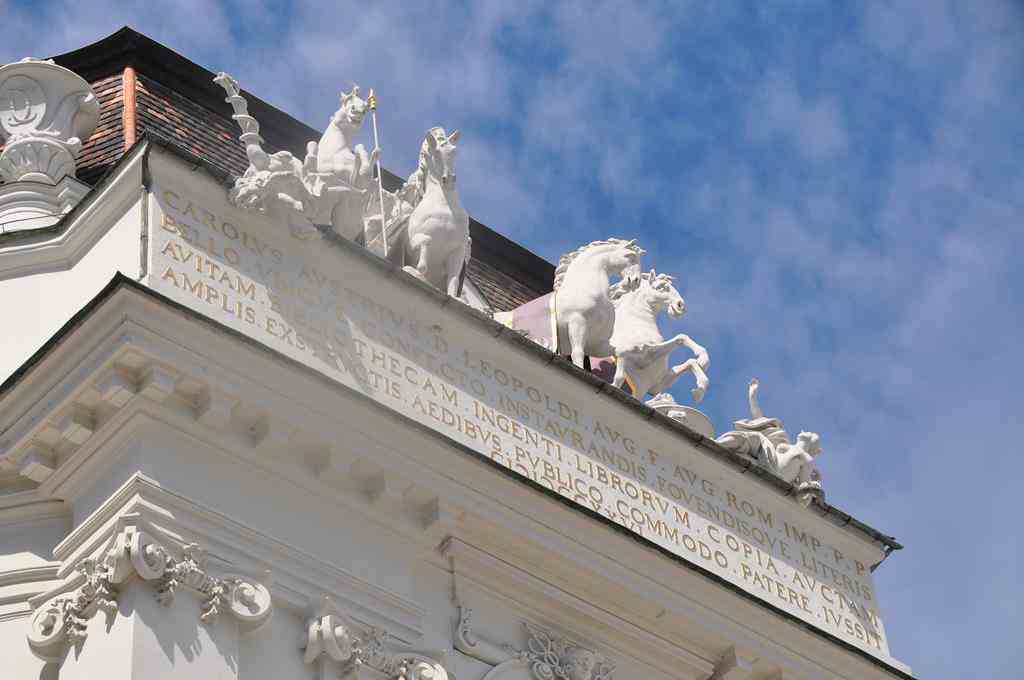
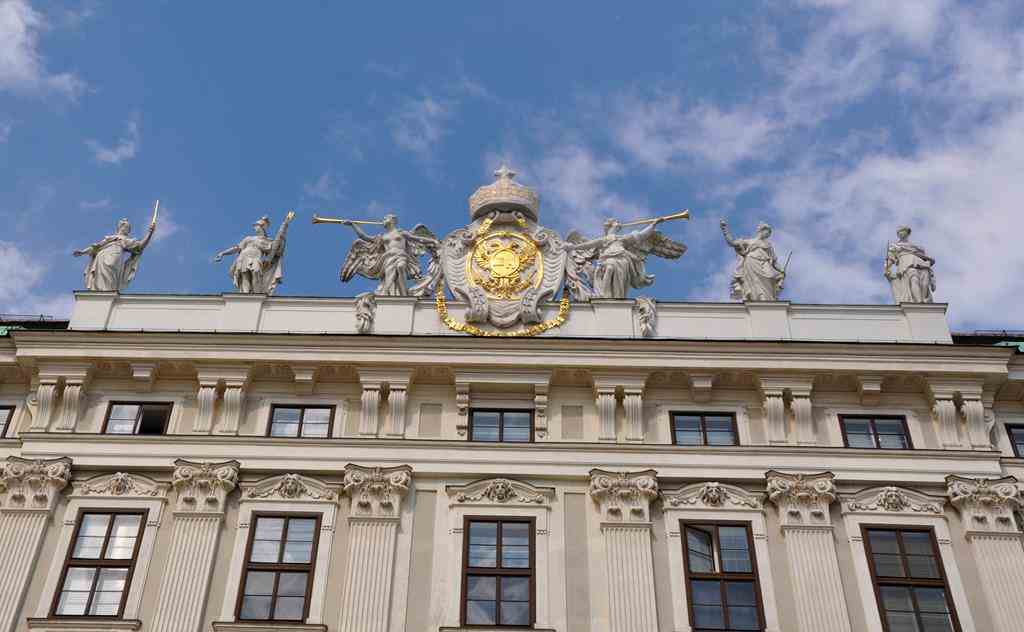
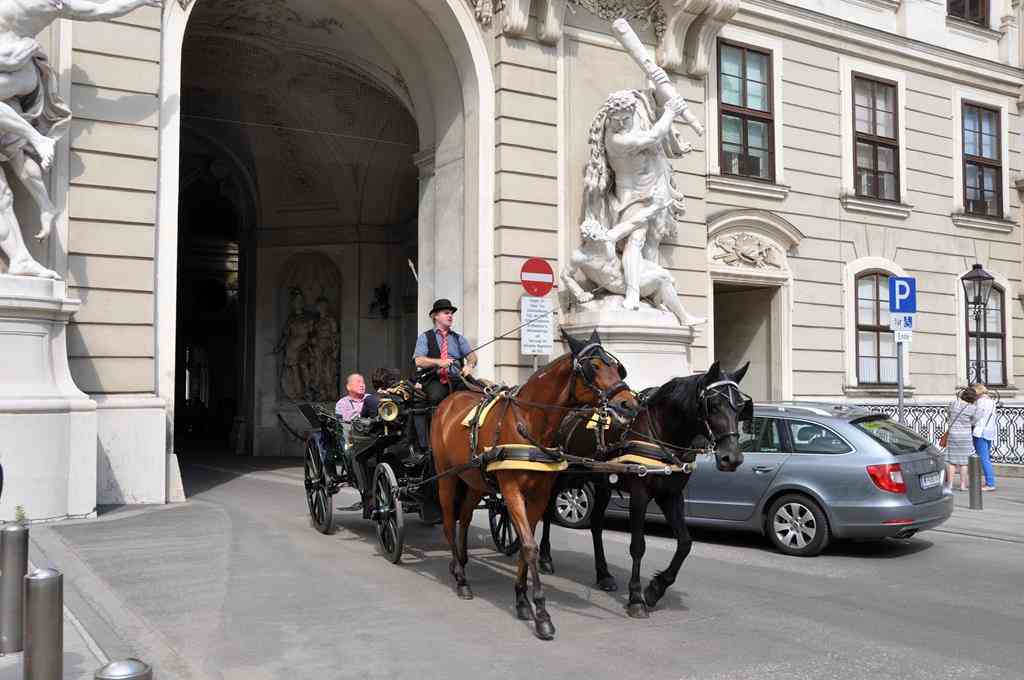
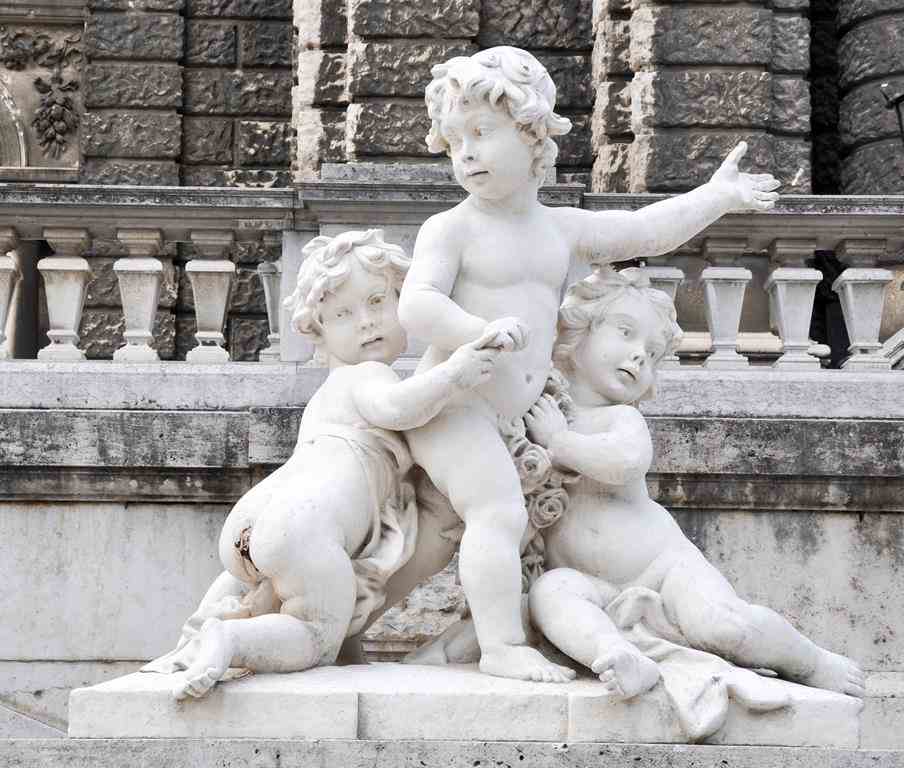
The Pestsäule (Plague column).
The last big plague in Vienna was in 1679.
Fleeing the city, Emperor Leopold I vowed to erect a mercy column if the epidemic would end.
In the same year, a provisional wooden column was erected.
This column was inaugurated in 1693.
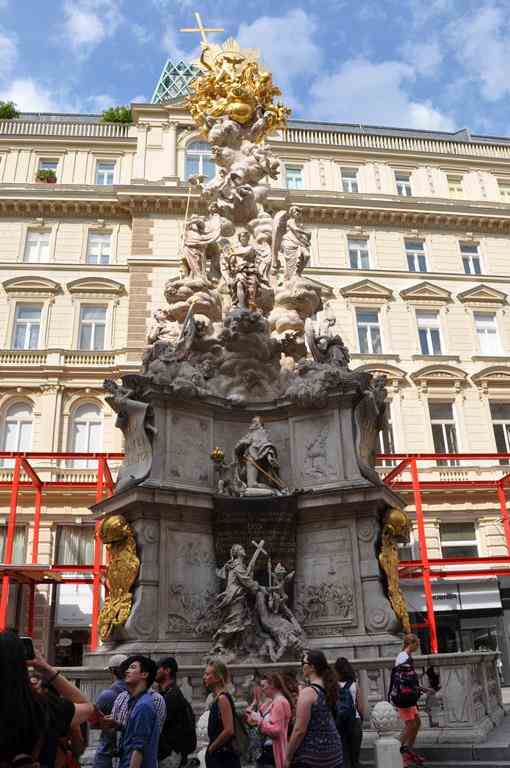
Vienna Opera House
The Opera House was the first major building on the Vienna Ringstrasse commissioned by the Viennese "city expansion fund".
Work commenced in 1861 and was completed in 1869.
The opening premiere was Don Giovanni, by Mozart, on May 25, 1869. Emperor Franz Josef and Empress Elisabeth (Sissi) were present.
The building was, however, not very popular with the public.

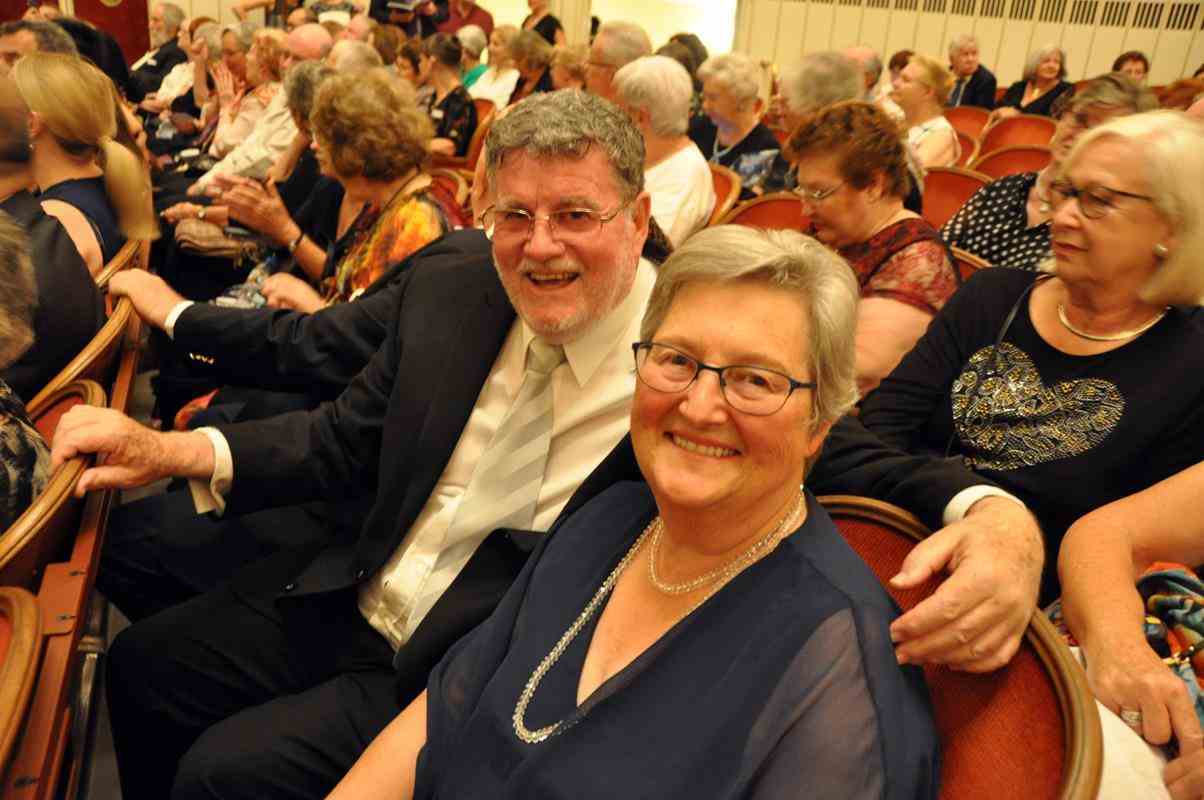

We saw Tchaikovsky's Swan Lake Ballet and Donizetti's Don Pasquale opera in the Opera House.

The opera house was a one-minute stroll across the street from our hotel, The Hotel Bristol.

The Mozart memorial was close to our hotel.

Schönbrunn Palace
Schönbrunn Palace was the summer residence of the Austrian rulers.
Built between 1638 and 1643 in the rococo style, it has 1441 rooms.
The name Schönbrunn (meaning "beautiful spring"), has its roots in an artesian well from which water was consumed by the court.
We were not allowed to take photos inside.

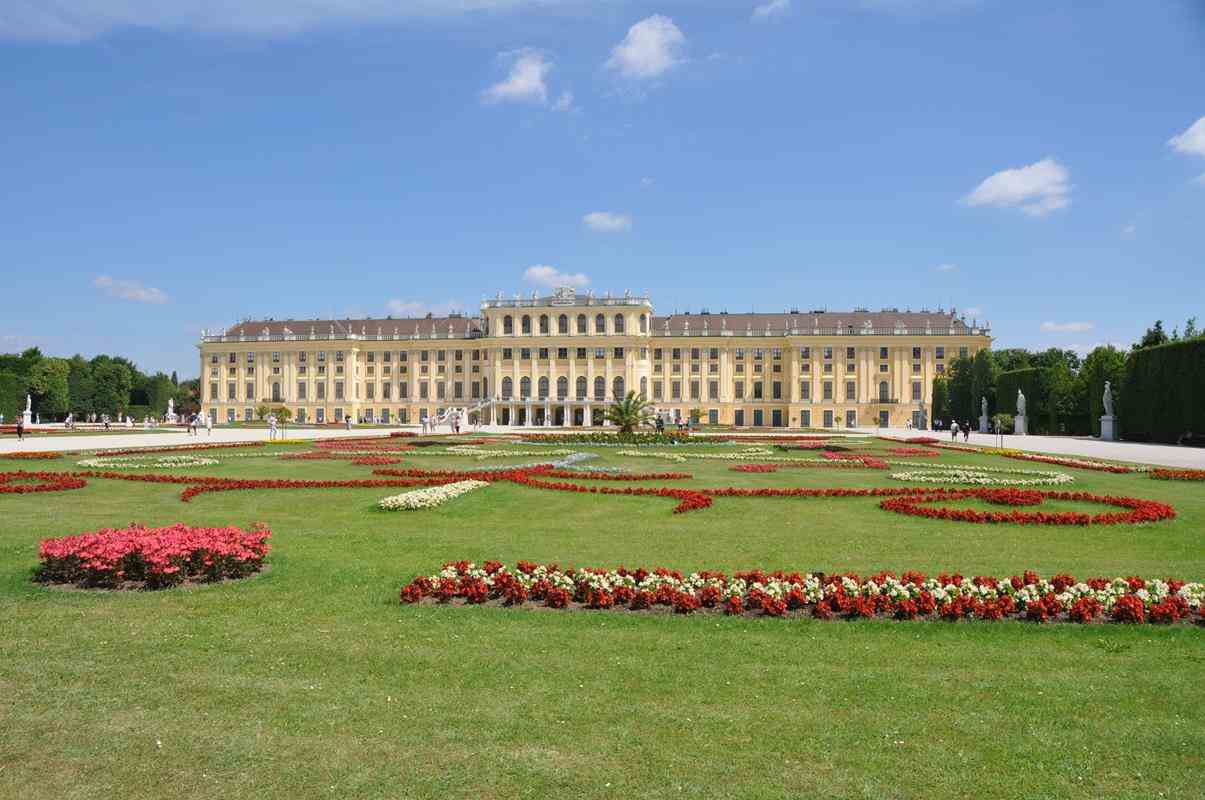

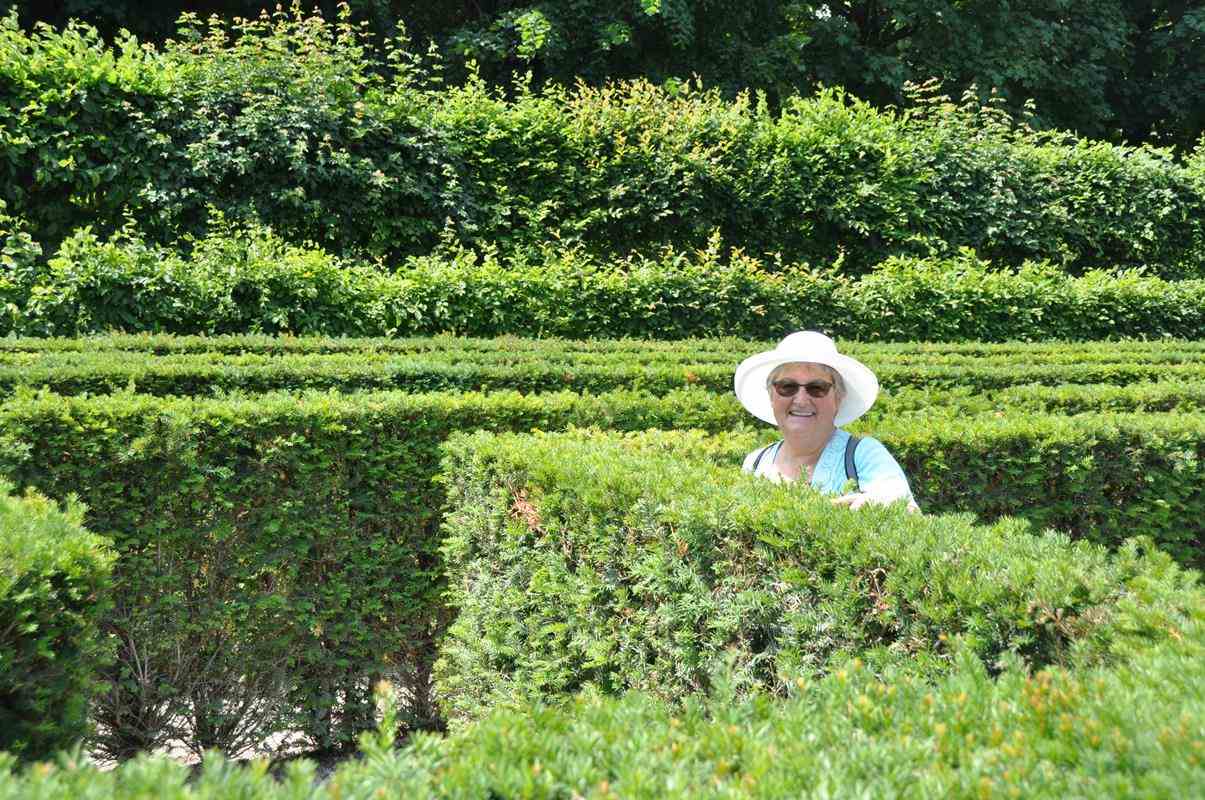

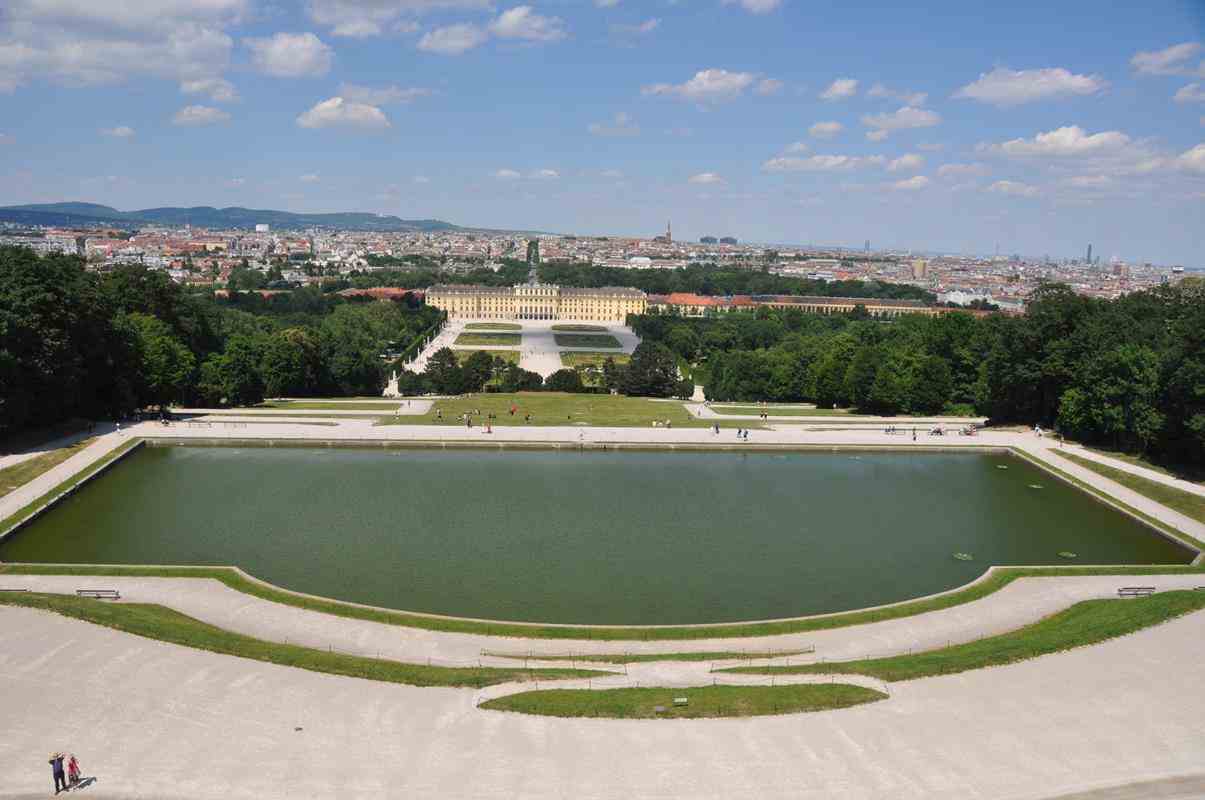

Vienna - Belvedere Palace
The Baroque palace complex was built as a summer residence for Prince Eugene of Savoy.
The Belvedere was built during a period of extensive construction in Vienna, which at the time was both the imperial capital and home to the ruling Habsburg dynasty.
This period of prosperity followed on from the commander-in-chief Prince Eugene of Savoy's successful conclusion of a series of wars against the Ottoman Empire.
At the time that the prince was planning to buy the land on the outskirts of Vienna for his Belvedere project,
the area was completely undeveloped – an ideal place to construct a landscaped garden and summer palace.
Records indicate that the construction of the Upper Belvedere had started by 1712.
The building was completed in 1723.
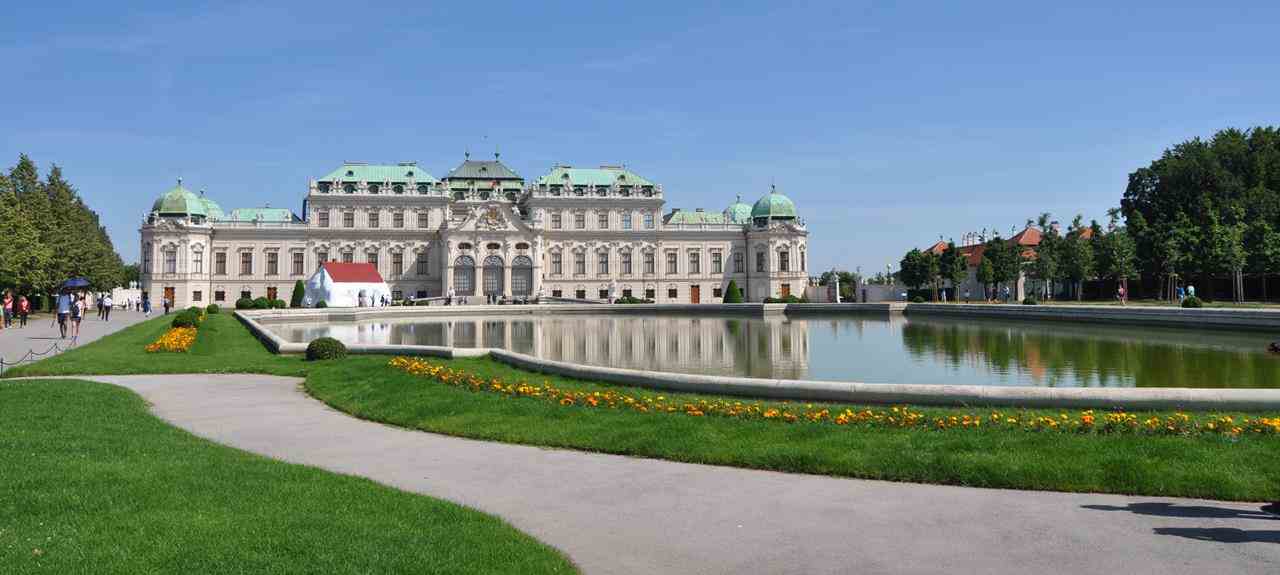


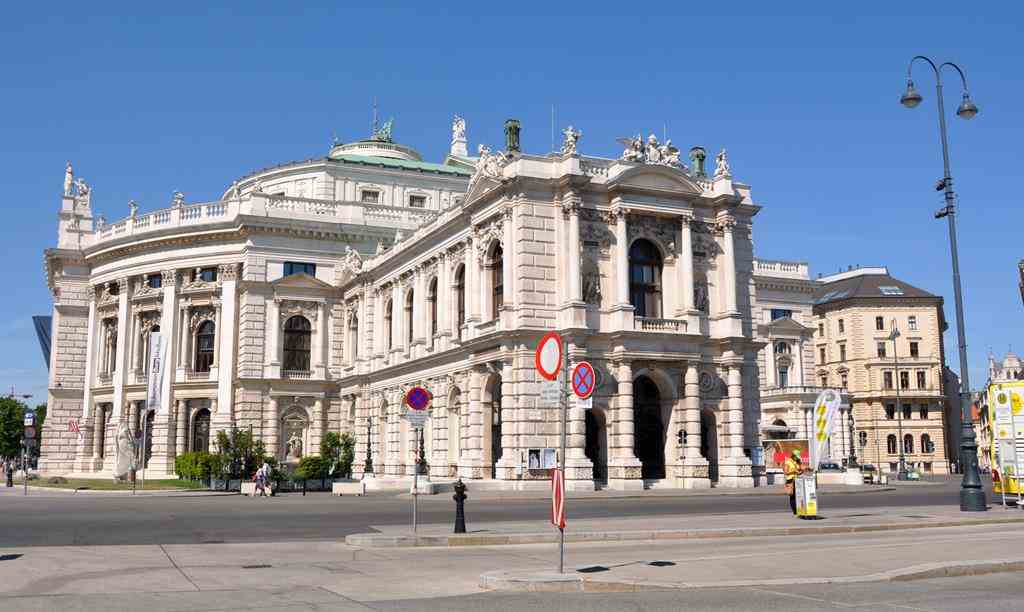


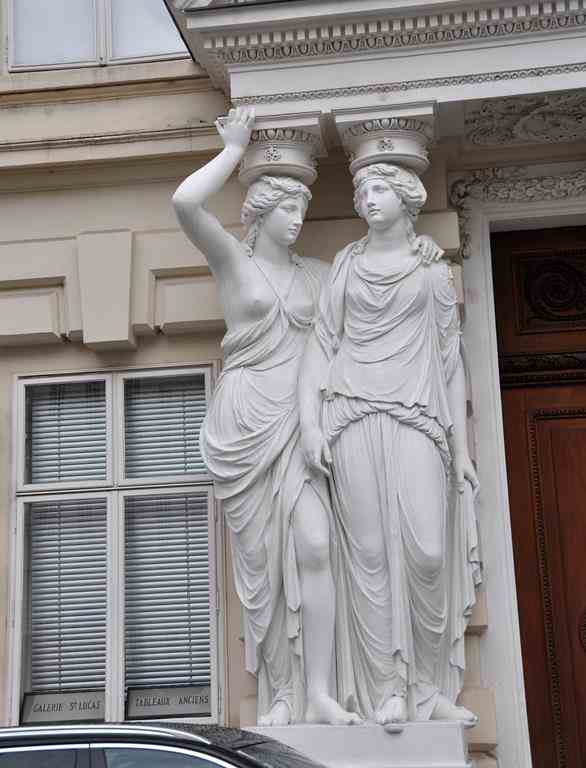
Spanish Riding School - Spanische Hofreitschule - Vienna
The Winter Riding School was built between 1729–1735 inside the Hofburg palace.
The performances with Lipizzan horses builds on four centuries of experience and tradition in classical dressage.
We saw a training session. It was not very exciting, just riding horses around slowly.
We were not allowed to take pictures of them.



We visited Vienna on our first Operatif Music Lovers tour in June 2017.
(Europe - Operatif Bohemian Rhapsody Tour)
(Melbourne - Dubai - Munich - Salzburg - Český Krumlov - Prague - Vienna - Bratislava - Budapest - Dubai - Melbourne).
After arriving in Munich in Germany and meeting Jelena, our European tour director from Zagreb in Croatia, we were bussed to Salzburg (2½ hours).
Salzburg
A couple of the 40 churches in Salzburg
A parade passed us during our walking tour of Salzburg.
The parade celebrated a saint, but our local guide did not which one.
Salzburg Castle - The Hohensalzburg fortress
The castle sits atop the Festungsberg, a small hill overlooking the old town.
Construction of the fortress began in 1077 under Archbishop Gebhard von Helfenstein.
In the Holy Roman Empire, the Archbishops of Salzburg were already powerful political figures and they expanded the castle to protect their interests.
It is one of the largest medieval castles in Europe.
Overlooking Salzburg from the castle. The old town is in the foreground.
Mirabell Palace
Mirabell Palace was built about 1606 across the Salzach River from the old town and outside the medieval city walls,
at the behest of Prince-Archbishop Wolf Dietrich Raitenau. He built it as a pleasure palace for himself and his mistress Salome Alt.
The name of the palace comes from 2 Italian words - mirabile (admirable) and bella (beautiful).
These steps featured in The Sound of Music movie.
We went to a concert in the Marble Hall at the palace.
A string and harpiscord ensemble using baroque instruments played music written by mozart and vivaldi.
Mozart, his father Leopold, and his sister Nanneri once performed in this hall.
Wolfgang Amadeus Mozart was born in this house in 1756.
From 1773 to 1787, the Mozarts lived at the so-called “Dance Master’s House”, standing on today’s Makartplatz across the river from the old town.
The spacious eight-room apartment on the first floor is now home to a museum.
St Wolfgang
St.Wolfgang is a picturesque town about an hours drive from Salzburg.
It is situated at the foot of the 1783m high mountain, Schafberg, on the edge of Lake Wolfgang (Wolfgangsee).
The town is named after Holy Wolfgang, the Bishop of Regensburg, who was looking for refuge in the area more than 1000 years ago.
The Romantik Hotel White Horse Inn, the original setting for the operetta by Ralph Benatzky.
The operetta is about the head-waiter of the White Horse Inn who is desperately in love with the owner of the inn,
a resolute young woman who at first only has eyes for one of her regular guests.
From here we had a ride on the SchafbergBahn, the cog railway, to the top of Schafberg.
The Schafberg Railway is a 1 metre gauge cog railway from Sankt Wolfgang up to the top of Schafberg (1,783 m).
With a total length of 5.85 km it gains about 1,200 m in height.
Railway operation started in 1893.
Although Wolfgang Amadeus Mozart never visited St. Gilgen (as he had intended to), his grandfather worked in the town,
his mother was born in St. Gilgen, and his sister Nannerl moved there after her marriage and lived in this house.
Mondsee
After 4 nights in Salzburg, our next stop was at Mondsee, an Austrian town about an hour away.
We crossed into the Czech Republic and spent 2 nights at CeskyKrumlov.
Then we travelled to Prague and stayed 4 nights.
Vienna
We came from Prague via Lendice Castle in the Czech Republic.
We had 5 nights in Vienna where we saw a ballet, an opera, a Viennese concert, ate fine dinners and enjoyed lots of great sight-seeing.
For our walking tour we had a very knowledgable local guide. It was Musical Appreciation 101 in 2 hours.
There are many fine buildings in Vienna.
The Hofburg Palace
The Hofburg is the former imperial palace in the centre of Vienna. Built in the 13th century and expanded in the centuries since,
the palace has been the seat of power of the Habsburg dynasty rulers, and today the official residence and workplace of the President of Austria.
It was the principal imperial winter residence, as Schönbrunn Palace was the summer residence.





The Pestsäule (Plague column).
The last big plague in Vienna was in 1679.
Fleeing the city, Emperor Leopold I vowed to erect a mercy column if the epidemic would end.
In the same year, a provisional wooden column was erected.
This column was inaugurated in 1693.

Vienna Opera House
The Opera House was the first major building on the Vienna Ringstrasse commissioned by the Viennese "city expansion fund".
Work commenced in 1861 and was completed in 1869.
The opening premiere was Don Giovanni, by Mozart, on May 25, 1869. Emperor Franz Josef and Empress Elisabeth (Sissi) were present.
The building was, however, not very popular with the public.


We saw Tchaikovsky's Swan Lake Ballet and Donizetti's Don Pasquale opera in the Opera House.

The opera house was a one-minute stroll across the street from our hotel, The Hotel Bristol.

The Mozart memorial was close to our hotel.

Schönbrunn Palace
Schönbrunn Palace was the summer residence of the Austrian rulers.
Built between 1638 and 1643 in the rococo style, it has 1441 rooms.
The name Schönbrunn (meaning "beautiful spring"), has its roots in an artesian well from which water was consumed by the court.
We were not allowed to take photos inside.







Vienna - Belvedere Palace
The Baroque palace complex was built as a summer residence for Prince Eugene of Savoy.
The Belvedere was built during a period of extensive construction in Vienna, which at the time was both the imperial capital and home to the ruling Habsburg dynasty.
This period of prosperity followed on from the commander-in-chief Prince Eugene of Savoy's successful conclusion of a series of wars against the Ottoman Empire.
At the time that the prince was planning to buy the land on the outskirts of Vienna for his Belvedere project,
the area was completely undeveloped – an ideal place to construct a landscaped garden and summer palace.
Records indicate that the construction of the Upper Belvedere had started by 1712.
The building was completed in 1723.







Spanish Riding School - Spanische Hofreitschule - Vienna
The Winter Riding School was built between 1729–1735 inside the Hofburg palace.
The performances with Lipizzan horses builds on four centuries of experience and tradition in classical dressage.
We saw a training session. It was not very exciting, just riding horses around slowly.
We were not allowed to take pictures of them.


